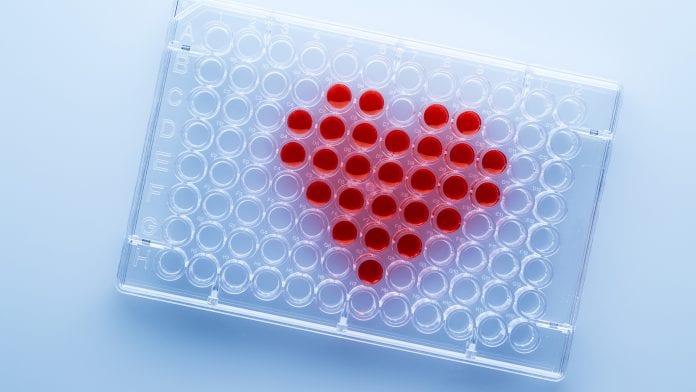
UK and South Africa are chasing the US in run for the place as top producer of HIV/AIDS related research, A new Elsevier report finds.
Ahead of the 2019 World AIDS Day, Elsevier analysed research in the field of HIV and AIDS published since the discovery of the virus in the 1980s. The report thus offers a comprehensive overview of the research landscape and recent trends in the field.
A new report released today by the global information analytics business Elsevier reveals that South Africa is among top producers of HIV and AIDS related research, coming third after the US and the UK in terms of the publication volume.
Leading researchers
South Africa’s research output in the field of HIV and AIDS accounts for a total of 6,823 publications between 2014 and 2018.
This leading position may reflect the high priority HIV and AIDS research has taken in countries where incidence rate is high and suggests strong support for research overall, through infrastructure, funding and research workforce.
Globally, an estimated 38 million people are infected with HIV. The vast, majority of those people – over 25 million – live in Africa. The report further underlines that the relative activity in HIV/AIDS research is highest in four countries in sub-saharan Africa: South Africa, Uganda, Kenya, and Nigeria.
Looking at the overall research conducted on HIV and AIDS, the report finds that the US is the leading producer of HIV and AIDS related research with 35,493 publications between 2014 and 2018. This surpasses the second highest contributor, the United Kingdom (7,879 publications), by over 27,000 publications.
Linda-Gail Bekker, professor of medicine at the Desmond Tutu HIV Centre UCT and the immediate past president of the International AIDS Society, said: “This report shows the tight relationship between burden of disease and research publishing.“
South Africa is a relatively small country but has carried a massive HIV burden and punched well above its weight in research publishing. It also shows that, like the epidemic, the response has been global with significant north-south collaboration.
“The collaborative role that institutions, entities and governments in the North have played is reflected in the large number of collaborative papers from UCT and The University of Witwatersrand.”
International collaboration
The report also charts top research institutions in the area of HIV and AIDS providing data on both their research output, field-weighted citation impact (FWCI) and the share of international collaborations.
Correlating with top research countries, institutions with the highest research output are predominately located in the US (seven out of ten) and South Africa (two out of ten).
However, looking at the field-weighted citation impact, the South African Cape Town University tops the global list producing highly influential research in the field with an FWCI of 3.8 and 1,873 publications between 2014 and 2018.
International collaboration is a main feature of research coming from the top institutions: of the top 10 institutions that produce the most research on HIV and AIDS, more than half of the output involves international collaboration.
The highest percentage of collaboration can be seen in research by University of Cape Town and University of the Witwatersrand, with approximately 74% involving collaborators overseas.
Academic-corporate collaborations are also prominent among the top institutions, with one in five publications from the National Institutes of Health and one in 10 publications from Harvard produced this way.
World Aids Day will take place on December 1, 2019.
























